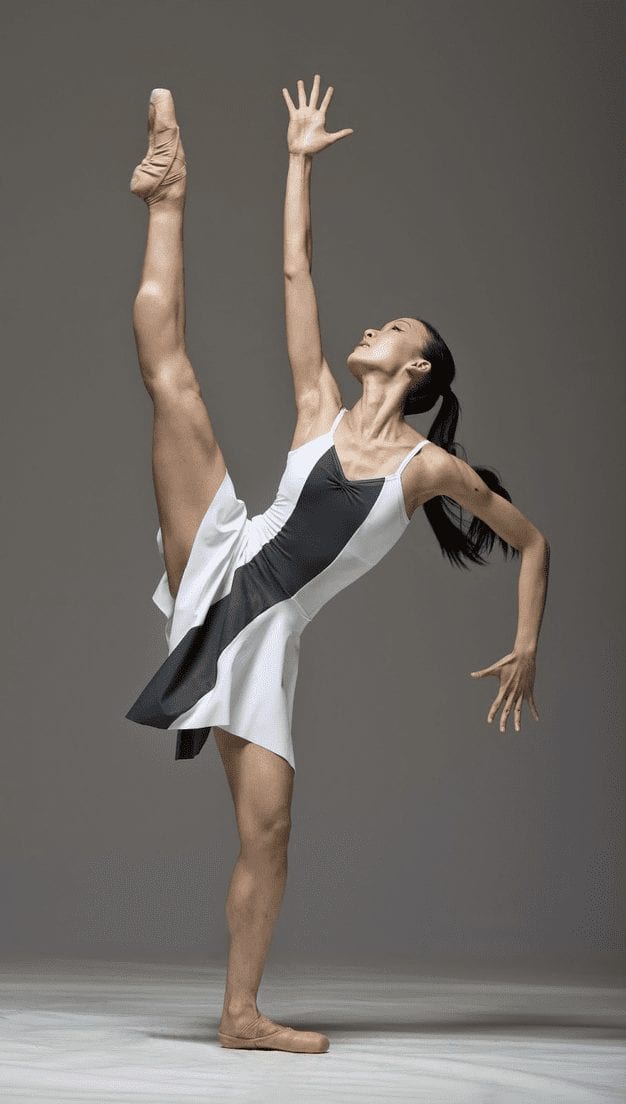
I often hear my patients tell me “I have tightness in my [insert body part here]. I should do more yoga.” As a physical therapist, dancer, and practitioner of yoga for the past 20 years, this makes me chuckle and also gives me an opportunity to educate my patients on what it means to be flexible and how they can best achieve flexibility.
There is a misconception that what feels tight should be stretched. A muscle can feel tight for a number of reasons, some of which may not benefit from muscle stretching:
1) It could be overworked and shortened.
Stretching an overworked, shortened muscle is appropriate and may relieve tension and pain; however, the underlying problem may be a poor movement pattern that needs to be retrained in order to make sure the correct muscles are doing their job. The classic example of this is tight hamstrings due to sleepy gluteal muscles. Stretching the hamstrings may provide temporary relief; however, we can tap into the root of the problem by integrating the entire posterior chain.

2) It could be locked long due to an asymmetry.
Muscles are attached to bones. If our bones are not optimally aligned due to muscle weakness, pain, or suboptimal neuromuscular recruitment, our muscles can be locked in a lengthened position giving us the sensation of tightness. This is common in those with desk jobs – poor posture and prolonged computer work can cause our head to sit forward and shoulder girdle to become depressed causing tension in our upper trapezius muscles due to excessive length. In this instance, stretching a muscle would worsen the problem.
3) It could be neural tension.
What feels like muscle tension may actually be neural tension caused by pulling or irritation of the nerve along its pathway or at its source in your spine.

4) It could be the culprit in a gripping pattern due to poor stabilization.
Yogis and dancers are able to accomplish gravity-defying feats by stabilizing through their core and standing side in order to achieve freedom of motion as they float the extended leg. When our bodies lack stability due to sleepy core muscles or ligamentous hyperlaxity, they will try to stabilize with muscles that were not designed for this job. Overtime, this can result in pain, tightness, and limited range of motion. We can unwind these gripping patterns by tapping into the inner core muscles in order to eliminate inefficient compensatory patterns.
The Redcord NEURAC™ method is uniquely designed to diagnose and address the source of why you may be having tension or tightness, whether it be inefficient movement patterns, asymmetry, neural tension, or poor stabilization. Grounded by 20 years of research, the NEURAC™ method uses suspension training, offloading, and neuromuscular stimulation to help you achieve freedom of movement without pain and tension.
